Plodding through cumbersome navigation or waiting more than a few seconds for a page load are among the online user experiences generally perceived as unacceptable today. The more we use popular consumer websites and apps—like shopping, payment, and streaming services— in our daily lives, the more accustomed we become to their seamless and intuitive functionality. This expectation is now taking hold in the business-to-business (B2B) space, industry observers note, and the COVID-19 pandemic’s influence on remote work and process digitalization has only accelerated this trend.
The question now for many B2B enterprises: Will we lead, or trail behind, this movement to bring the consumer-grade experience to our commercial clients?
“Just good enough is no longer good enough”
“With respect to the B2B software experience, ‘just good enough’ is no longer good enough, if it ever was,” notes Jamaal Kirkpatrick, Q-Centrix Lead DevOps Architect. “The need and want for consumer-grade features, like intuitive navigation, prompt updates, and data security, are increasing in industries where agile information systems have typically been lagging. At Q-Centrix, we view this shift not as an impediment, but a genuine opportunity to attract and satisfy our customers—or partners, as we like to refer to them.”
In health care, a broad shift from stand-alone facilities to systems and clinical enterprises is contributing to the demand for robust, scalable clinical data management capabilities. At the same time, the COVID-19 pandemic has underscored the speed and accessibility with which reliable information is needed to make critical facility-and system-level decisions.
Q-Centrix’s answer to a lack of proficient tools for addressing today’s—and tomorrow’s—clinical data management needs is the introduction of the first Enterprise Clinical Data Management (eCDM™) platform. Not only unique for its ability to unlock the value of clinical data at an enterprise level, the platform may be one of the only data solutions in health care that performs with the ease, speed, and intuitiveness of a consumer application.
Engaged by a variety of hospital personnel as well as internal Q-Centrix clinical data experts, the eCDM™ platform provides a first-of-its-kind combination of workflow management, real-time analytics, and performance reporting capabilities. Team members are located in every major region of the country, logging in and out of the platform via various computers and devices. Given the complexity of their work, and its impact on clinical quality, a seamless experience free of load-time, navigation, and display problems, is imperative for such a dispersed user base.
“What the end-users don’t notice is just as important as what they do,” points out Jamaal. “Critical to consistent platform performance is staying ahead of the demand, which in our industry requires a deep understanding of our users’ needs and behaviors.”
Replete with experts who have served in clinical care, data, or quality roles within the hospital setting, Q-Centrix possesses the most substantial clinical-insider knowledge base in the market. This expertise complements a commitment to maintaining close partner relationships that, together, create a reliable feedback loop for understanding and anticipating user behaviors, desired features, and demand on the platform.
DevOps – an important link
Working in Development Operations, commonly referred to DevOps by insiders, Jamaal and his team are an important link between the Q-Centrix software engineers, who built, and now support, the eCDM™ platform, and the product managers responsible for its deployment. Often misunderstood, DevOps teams do not engineer software products, but rather are responsible for creating an environment supportive of optimizing software performance and enabling improvement.
Jamaal credits the combination of a deep understanding of the eCDM™ platform user base, a dependable user experience and performance feedback loop, and a robust software testing approach for the unique position the Q-Centrix DevOps team is in to help provide an exceptional experience to the platform’s users.
“Because of this incredible insight into our user base and how they manage their data, we’re able to create on-demand testing environment that looks and behaves exactly like the actual environment in which our solutions operate, setting us apart from the rest of the market,” says Jamaal. “At the same time, we’re constantly working to automate and streamline our approach to quality assurance and performance improvement and have made smart investments into doing so. It is this overall user-centered DevOps environment that is key to achieving the consumer-grade experience that has historically been missing from the B2B space.”
While software-based applications may not be alive in the biological sense, they exhibit living characteristics. Just as people can become stressed, an extreme spike in user demand can stress and crash an application. Likewise, a software update can inadvertently break existing code, causing process slowdowns or failures in other areas of the platform. To prevent these problems, the Q-Centrix DevOps team prioritizes ongoing testing using the latest best practices, such as:
- Smoke testing—A preliminary assessment to identify problems that are simple to fix, yet severe enough to potentially thwart a new software launch.
- Security testing—To uncover software risk and security integrity vulnerabilities.
- User acceptance testing (UAT)—Typically the final software testing stage, UAT assesses whether the end-user is able to utilize an application the way it was intended.
Jamaal points out that these are just a few of the assessments routinely used by the DevOps team, but stresses that a key challenge of robust testing is doing it efficiently and effectively without overextending your resources.
“No one working along the software development and deployment lifecycle wants to deal with extended or cumbersome testing that stretches teams and resources thin,” explains Jamaal. “However, we want to be incredibly agile to ensure the best possible user experience and ever vigilant about security. This is where testing and feedback converge with automation to achieve these aims.”
The analogy Jamaal uses to explain this dynamic is trying to make your car as fast as possible. Since doing it yourself is time-consuming and requires specific, additional expertise, the best approach is to buy the fastest engine you can, which addresses the largest factor for speed, and allows you to focus on other performance improvement details, like the types of tires and fuel you use. The DevOps equivalent to this is employing the best services and technology available for your fundamental software application needs, such as data storage and computing, to free your team up to focus on new capabilities and improvements.
The “engine” at Q-Centrix
An example of the “engine” at Q-Centrix is the use of cloud databases and computing applications. Cloud computing is the on-demand availability and utilization of computer system resources over the internet, including data storage and computing power, without the need for active management. Utilizing the cloud means several things: Only paying for the space and resources used; remote management capabilities; and the agility to quickly scale computing and storage capacity as needed—factors that allow Q-Centrix to adjust to rapid fluctuations in platform demand and meet the evolving clinical data management needs of its partners. These changes and fluctuations occur for a variety of reasons, ranging from new business development to organizational or service line changes within hospitals or health systems.
The cloud database and computing vendors Q-Centrix partners with are among the most reputable names in the world of computer and web services and are widely recognized for their dependability and security. Further, Q-Centrix is committed to meeting the highest levels of cybersecurity to mitigate threats that could compromise the user experience or its partners’ data. This is evidenced by its participation in an annual, third-party audit known as the SOC 2 (System and Organizational Controls 2) + HITRUST Security Assessment. In fact, Q-Centrix is the only health care quality data organization to receive this widely recognized recognition.
So why does all this testing, feedback loop, and cloud talk matter? A real-world scenario is introducing a new data reporting feature within the eCDM™ platform. Jamaal and the DevOps team have created an environment to ensure the feature can seamlessly launch and operate as it was intended; that it won’t hamper other platform features or overall performance; and that all the back-end elements that make the user interface simple and intuitive to use continue to perform as they should—in other words, it is more about the things you don’t want your users to notice than you do.
“More broadly, bringing the consumer-grade experience to the eCDM™ platform users gives them something they’ve never had before—the uninhibited ability to unlock the value of one of their most important assets, clinical data, and reinvest it into their vision,” adds Jamaal. “Knowing we can have this type of impact is something that motivates me, and I think inspires the Q-Centrix DevOps team, each and every day.”



